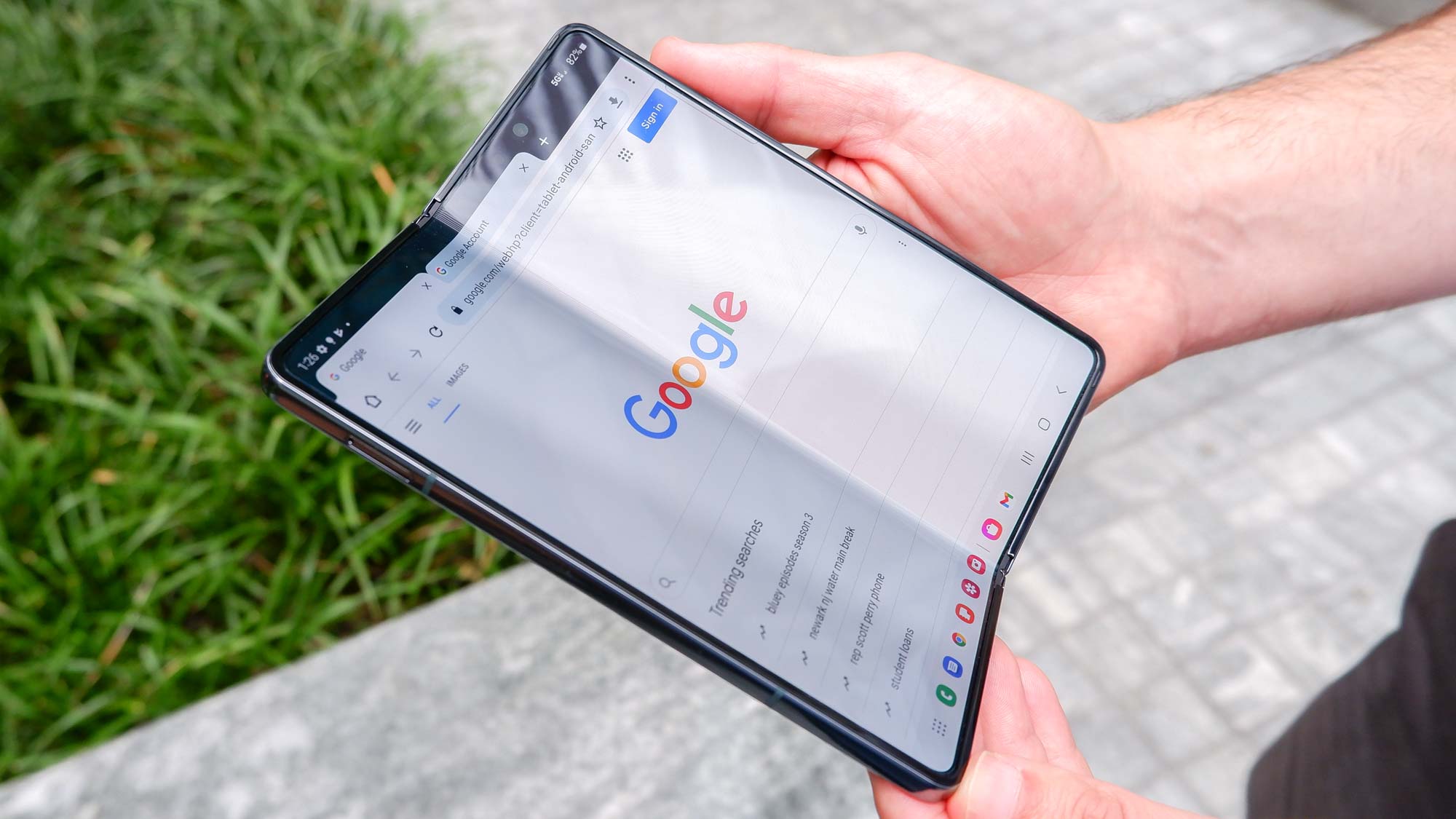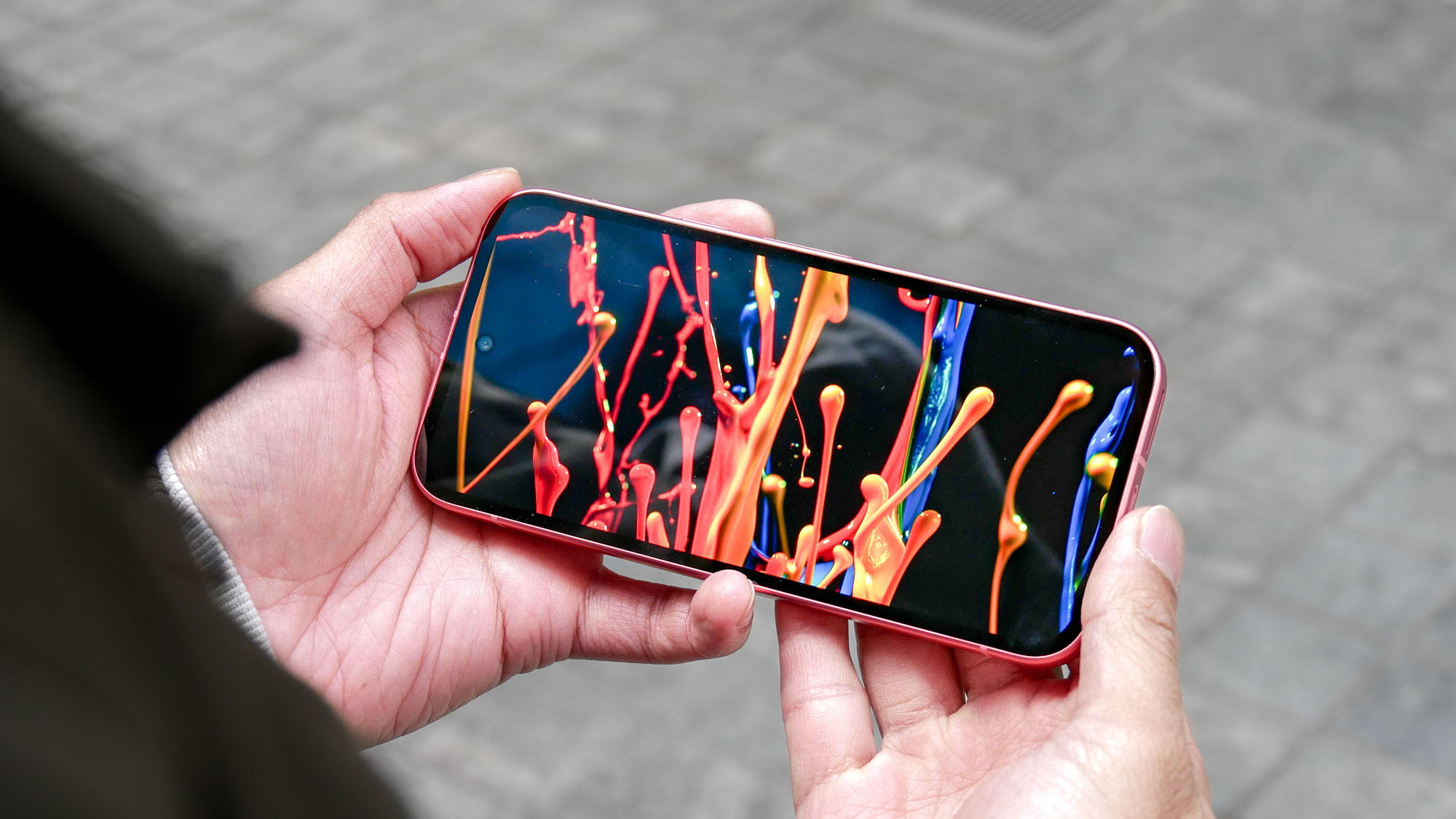Future Samsung Galaxy Z Folds could have even bigger creases — but that could be a good thing
Samsung has plans to fix the Galaxy Z Fold 4's display crease on future models, and one involves making it even bigger

Update: We could end up seeing similar changes to the Galaxy Z Flip 5 too.
The biggest design issue with the Samsung Galaxy Z Fold 4 and the Galaxy Z Flip 4 may not be solved how you'd expect, as we've learned from a TechRadar interview with Dr. Won-Joon Choi of Samsung all about foldables.
In the talk Choi, who is executive vice president, head of flagship product R&D team & technology strategy team for Samsung's mobile arm, the discussion quickly turns to the display crease. The crease down the middle of a foldable's inside display is currently an unfortunate necessity to let the screen flex, no matter which of the best foldables you look at. Some foldables have less prominent creases, such as the Oppo Find N, but it's still there and obvious to the eye, and when you touch the screen.
The good news is that Samsung's looking into it for future Galaxy Z Fold and Z Flips. "Reducing the crease is definitely on the list," Choi told TechRadar editor-in-chief Lance Ulanoff. "It's one of the technical challenges we want to overcome."
And interestingly, it may involve making the crease larger.
That sounds counter-intuitive, but a larger crease would also mean a shallower crease, and therefore a less noticeable one. It would also put less strain on the screen, which sounds like it would help with durability, as well as the look and feel of the inner display.
Choi also mentions investigating new materials is "part of his homework." Perhaps in the future, we'll see foldables move beyond the glass/plastic laminate, named "Ultra-Thin Glass," that Samsung currently uses for its inner foldable displays.
Sign up to get the BEST of Tom's Guide direct to your inbox.
Get instant access to breaking news, the hottest reviews, great deals and helpful tips.
Beyond the crease, Choi discusses how Samsung is aiming to reshape the smartphone industry with its foldables, similar to how the Korean company claims to have ushered in large-screen "phablets" with the Galaxy Note series. Given that was a move so successful that it's hard to find a new phone below six inches these days, Samsung seems capable of doing it again.
The whole interview is an interesting look at the challenges of building foldables, such as making them water-resistant, making them smaller and lighter, and adding S Pen compatibility. That last one's the source of some particularly interesting revelations, such as that there's a gap in the digitizer (the component that allows for stylus compatibility) beneath the display to allow for the crease. To work around this, the Galaxy Z Fold 4 uses AI to predict how the S Pen is being moved and drawn across the gap when needed.
Samsung isn't likely to release another round of foldable phones until fall next year, going by its current update cadence. However, Choi says Samsung is looking into adding folding displays to other devices, as long as there's value for customers in having them there, so perhaps we'll see some non-phone foldables in the near future.
Otherwise, there's always the Galaxy S23 to look forward to, or the Galaxy Z Fold 4 and Galaxy Z Flip 4 to enjoy right now, having launched just two weeks ago.

Richard is based in London, covering news, reviews and how-tos for phones, tablets, gaming, and whatever else people need advice on. Following on from his MA in Magazine Journalism at the University of Sheffield, he's also written for WIRED U.K., The Register and Creative Bloq. When not at work, he's likely thinking about how to brew the perfect cup of specialty coffee.
